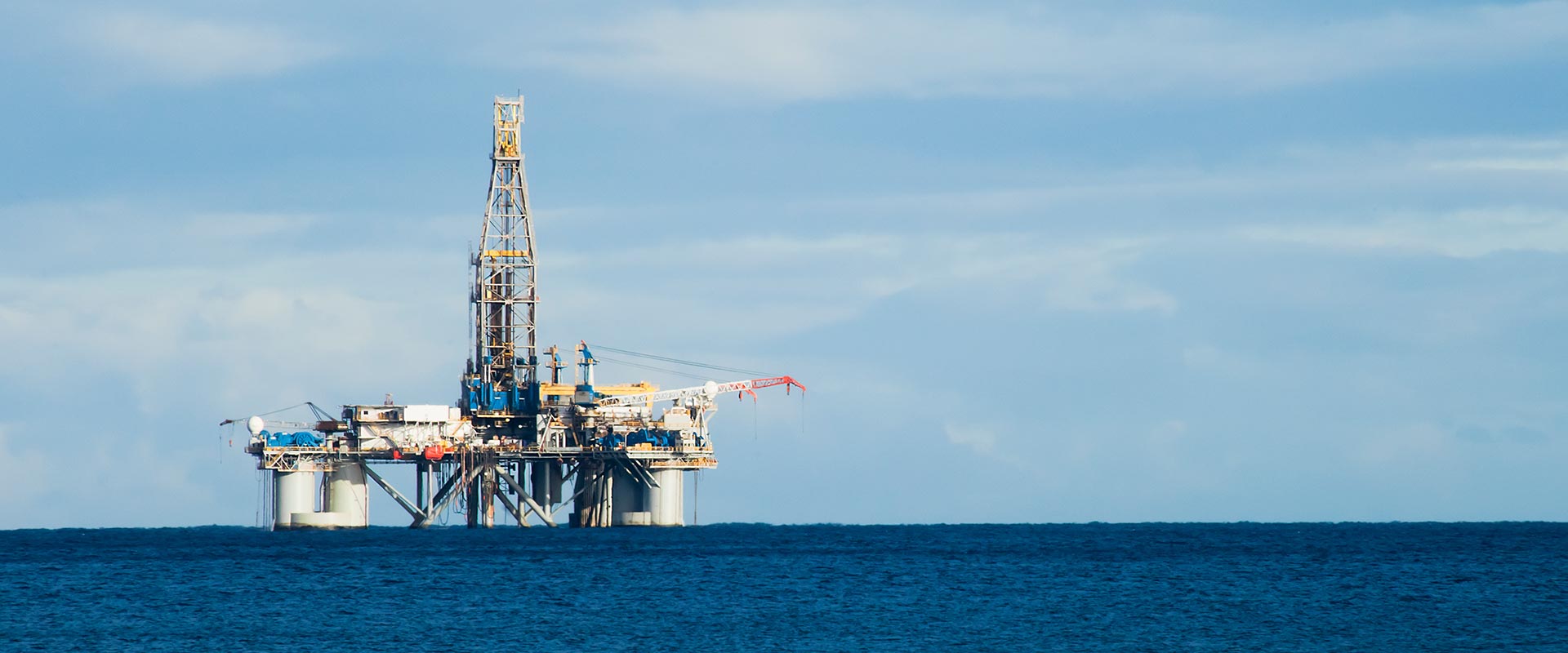
Offshore Facilities
Offshore water and legionella management form an integral part of the health and safety strategies of businesses across a wide variety of industries, including oil and gas.
In remote working locations, ‘wholesome water’ has to be utilised for washing, drinking, cooking, food preparation and must be fit-for-purpose. However, insufficient monitoring or system malfunctions can result in contamination so steps must be taken to manage the risks associated with hazardous bacteria, such as Legionella.
Offshore facilities which use water for personnel showering or washing, often have problems with Legionella. There have been instances of Legionnaire’s disease and subsequent deaths on several offshore platforms. In many ways the risks are similar to hotels, however, as platforms and vessels have evolved for different uses dead-legs and rarely used water features are often present. This can be compounded by variable incoming water quality which introduces Legionella or its protozoan hosts into the supply tanks. Unlike a hotel, these tanks must sit ‘stagnant’ holding sufficient water for several days between supply boat visits in case of poor weather.
Unmanned platforms are occasionally visited for maintenance, and parts of platforms are shut down for various reasons creating dead legs and Legionella breeding grounds. When reopened or visited these platforms or parts of platforms will have high risks of infection.
Hydrosense has a range of kits, including bio-film kits which enable operators to identify problems straight away, on site and with no expert input. Without even sending a sample to the lab, which is not always easy from an offshore facility and never cheap.
Lab tests, as part of risk control regimes take 10-14 days to return a result even if you can get the sample to the lab within the designated time period. This is no good for risk management and even worse if you are trying to get a system back into use after treatment. All offshore operators are aware of the costs of down-manning. Early detection and intervention is essential. The Hydrosense Legionella field test (HLFT) provides an on-site result in 25 minutes. Such a fast result can save lives, prevent disease and limit down time after an incident, saving money.
Getting a water sample to a lab has two specific drawbacks from an offshore platform. The first is that it costs a lot of money to ship or helicopter a sample to shore. The second is that samples can change during transit. Even a small delay in shipping a sample can affect the result. The Hydrosense test is done on site with no shipping and provides a result immediately.
This ease of use also means that monitoring tests can be done more frequently with little fuss, providing what amounts to a continuous monitoring system which also reduces risks.




